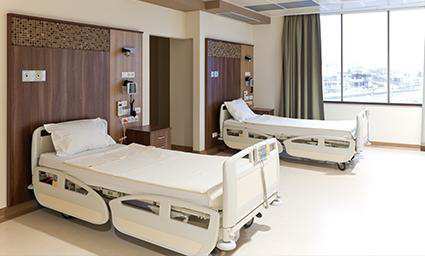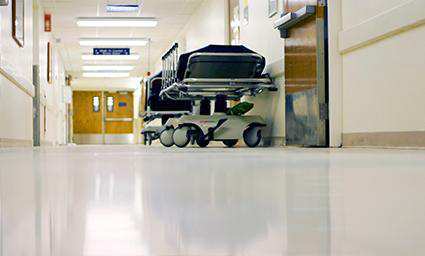
Hospitals and healthcare facilities are unique environments as they house patients with compromised immunity, vulnerable to diseases transmitted by pests and sensitive to their presence. In addition, hospitals contain highly sensitive areas such as operating theatres and intensive care units that must be protected. Moreover, staff and visitors expect higher standards from healthcare facilities compared to other sectors.
With more than 50 years of experience in this sector, where strict hygiene and zero-tolerance of pests is demanded, Defon applies its Integrated Pest Management (IPM) system with safety and efficiency. Defon’s team works discreetly and quietly, without disturbing patients and visitors.

Defon has been providing specific pest management systems for healthcare facilities since its inception. These facilities are unique environments as they house patients with compromised immunity, vulnerable to diseases transmitted by pests and sensitive to their presence. In addition, hospitals contain sensitive areas such as operating theatres and intensive care units that must be protected. Moreover, staff and visitors expect higher standards from healthcare facilities compared to other sectors.
In addition to pests with public health significance, attention is also given to nuisance pests (with no health significance) such as crickets, grasshoppers, etc. These may still compromise the image of the healthcare facility and can also cause distress to patients whose tolerance is lower due to their impaired condition.
Reasons to control pest infestations
Some of the most important reasons to control pest infestations in healthcare environments include:
- Preventing direct transmission of diseases from pests to humans, e.g.
- malaria caused by protozoa of the genus Plasmodium, transmitted via mosquito bites.
- Preventing indirect transmission of diseases from pests to humans caused through contamination of water and/ or food and/ or surfaces with pathogens, e.g.
- contamination of sterile instruments by pharaoh ants (Monomorium pharaonis) which penetrate their sealed packaging,
- food poisoning caused through transmission of E-coli bacteria via flies, cockroaches etc.
- Preventing structural, material and food damage such as: nursing material, printed material, graphic material, bedding, clothing, etc., e.g.
- rodents may gnaw expensive medical and electronic equipment, electrical installations, etc., causing damage or even fire.
- Protecting any person in the premises from the distress caused by pest presence.
- Preventing damage to reputation that occurs when dissatisfied visitors and patients communicate the news of pest presence.
- Preventing the imposition of sanctions by the health authorities that range from fines up to suspension of the operating permit and prosecution of the director and/or the owners.
Pests relevant to this sector
Pests that are frequently detected and cause major problems in this sector are listed below. For additional information refer to section: Pest library..
Rodents (mice, rats)
Cockroaches
Flies
Drosophila
Bedbugs
Mosquitoes
Midges
Ants
Termites and other Wood-boring insects
Birds
The solution offered by Defon
In healthcare environments where strict hygiene and zero-tolerance of pests is required, Defon, implements its Integrated Pest Management (IPM) system which is adapted to these high demands. The following is a general description of this system’s methodology, detailing some characteristic examples.
-
The development and implementation of an Action plan.
-
Service report submitted within the Report folder.
This sector presents an increased public health interest and a high risk of infestations. For ongoing protection and detection of infestations from the start, it is proper for pest control contracts to include frequent supervision rather than solely treatments.
The most significant problems are identified on the Site survey, during which Defon investigates:
- Entry points for pests such as:
- open doors and windows.
- inadequate proofing, e.g.
- faulty proofing around water pipes, air conditioning pipes, etc.
- Hygiene standards, such as cleaning methods and schedules.
- Food preparation, serving and storage areas such as kitchens, canteens, dining rooms, food stores, etc. For additional information on this topic refer to Restaurant, Catering and Food industry sector.
- Hospitalization areas.
- Laboratories, administrative and nursing staff areas.
- Public areas such as reception areas, staircases and toilets.
- Server and control rooms.
- Engine rooms, laundry rooms, storage areas for equipment and materials, etc., e.g.
- public hospitals often improperly store obsolete equipment that provide hiding and breeding areas for pests.
- Difficult areas to access, such as false ceilings and floors, where pests could remain undetected until it’s too late.
- Surrounding areas, such as garbage disposal, gardens, garages, etc.
In certain circumstances, where necessary and possible, specialized Fumigation services can be carried out, amongst others.
As part of Defon’s Integrated Pest Management (IPM) system, if requested, support can be offered throughConsultation Services with education and training regarding prevention of pest problems and best hygiene practices.
Defon, based on more than 50 years of experience and following the latest technological advancements in its field, is able to assume the responsibility that corresponds to treatments in relation to the Health sector, which can’t take any risks regarding pest infestations. Defon team works discreetly and quietly, without disturbing patients and visitors. The company ensures the protection from pests in healthcare institutions, enhancing their smooth operation and good reputation whilst keeping health, safety and the environment in mind.





